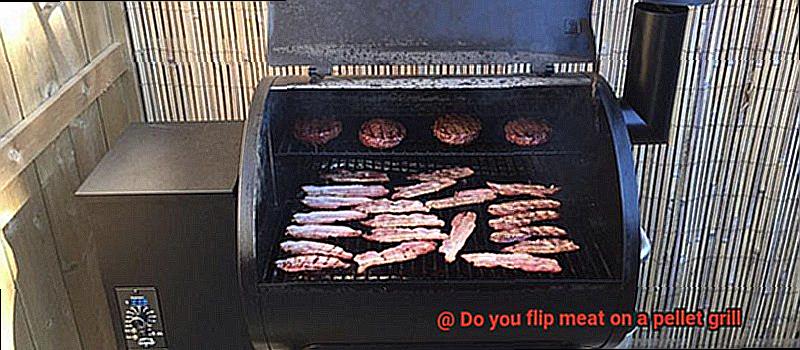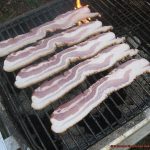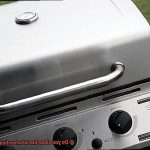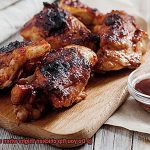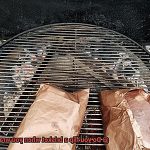Are you a grill enthusiast who’s always looking for ways to up your grilling game? Or maybe you’re just starting out and want to know the best techniques for grilling the perfect meal. Either way, one question that comes up often is whether or not you should flip your meat on a pellet grill. It might seem like a simple question, but it’s sparked some heated debates among grill masters and chefs alike.
In this blog post, we’re going to dive into the topic of flipping meat on a pellet grill and explore both sides of the argument. We’ll talk about the pros and cons of flipping your meat, how it can affect your final product, and what techniques work best. We’ll also cover proper temperatures and times for cooking, so you can be sure your meat is cooked to perfection.
Whether you’re looking to perfect your current grilling techniques or just starting out, this blog post has got you covered. So sit back, relax, and get ready to take your grilling skills to new heights with these tips on flipping meat on a pellet grill.
Contents
What is a Pellet Grill?
Consider investing in a pellet grill. A pellet grill, also known as a pellet smoker or wood pellet grill, uses compressed sawdust pellets as fuel to create mouthwatering, smoky flavors. And with a variety of flavors available such as hickory, mesquite, apple, and cherry, there’s no limit to the culinary experimentation you can undertake.
But what sets a pellet grill apart from other outdoor cooking appliances? One of the main advantages is its convenience. With digital controllers that allow you to set the temperature and forget about it, you can relax and enjoy your time outside instead of constantly monitoring the grill. The controller adjusts the amount of pellets fed into the firepot to maintain a consistent temperature, ensuring even cooking without the need for constant flipping or adjusting.
Another key advantage of pellet grills is their versatility. Whether you want to smoke, roast, bake or grill at high temperatures, a pellet grill can handle it all. This makes them an excellent option for those who enjoy experimenting with different cooking techniques and flavors.
It’s also worth noting that while flipping meat on a pellet grill isn’t necessary, it can be done if desired for aesthetic purposes or to ensure even cooking. However, factors like the type of meat, size of cut, and desired level of doneness should be taken into account before deciding whether or not to flip.
Why Should You Flip Meat on a Pellet Grill?
If so, you’re in for a treat. Pellet grills are the ultimate outdoor cooking appliance that can help you unlock a world of smoky and mouthwatering flavors. But, if you’re new to pellet grilling, you might be wondering whether or not you should flip your meat while it’s cooking. Well, let me tell you – the answer is a resounding yes, and here’s why.
Firstly, flipping your meat on a pellet grill ensures even cooking on both sides. Pellet grills use indirect heat to cook meat, meaning the heat source isn’t directly beneath the meat. This can cause uneven cooking if you don’t flip it regularly. So, flipping the meat regularly will help distribute the heat evenly and ensure that every bite is cooked to perfection.
Secondly, flipping your meat can prevent sticking. We’ve all been there – trying to remove our meat from the grill grates and losing a chunk of that delicious crust in the process. By flipping it regularly, you’ll prevent it from getting stuck and ultimately losing any of that deliciousness.
Thirdly, flipping your meat can also prevent overcooking. By keeping an eye on how quickly it’s cooking and adjusting the temperature or cooking time accordingly, you’ll avoid burning or drying out your meat. This way, you’ll end up with juicy and perfectly cooked meat every time.
In summary, flipping your meat on a pellet grill is an essential step in achieving mouthwatering results. So don’t be afraid to get in there with your tongs and give it a flip every now and then. And remember, with endless flavor options and the ability to smoke, roast, bake or grill at high temperatures, a pellet grill is your ultimate culinary partner in crime that guarantees even cooking every time.
Types of Meat Suitable for Pellet Grilling
Not all meats are created equal when it comes to this cooking technique. Let’s dive into the top types of meat that make for the most delectable pellet-grilled dishes.
First up is beef. Pellet grills are perfect for cooking beef, whether it’s a juicy steak, a hearty burger, or a succulent brisket. The slow and even heat produced by the pellets helps to create a beautifully seared exterior with a perfectly cooked interior. Plus, the smoky flavor from the wood pellets adds a delicious depth of flavor to the beef that’s hard to resist.
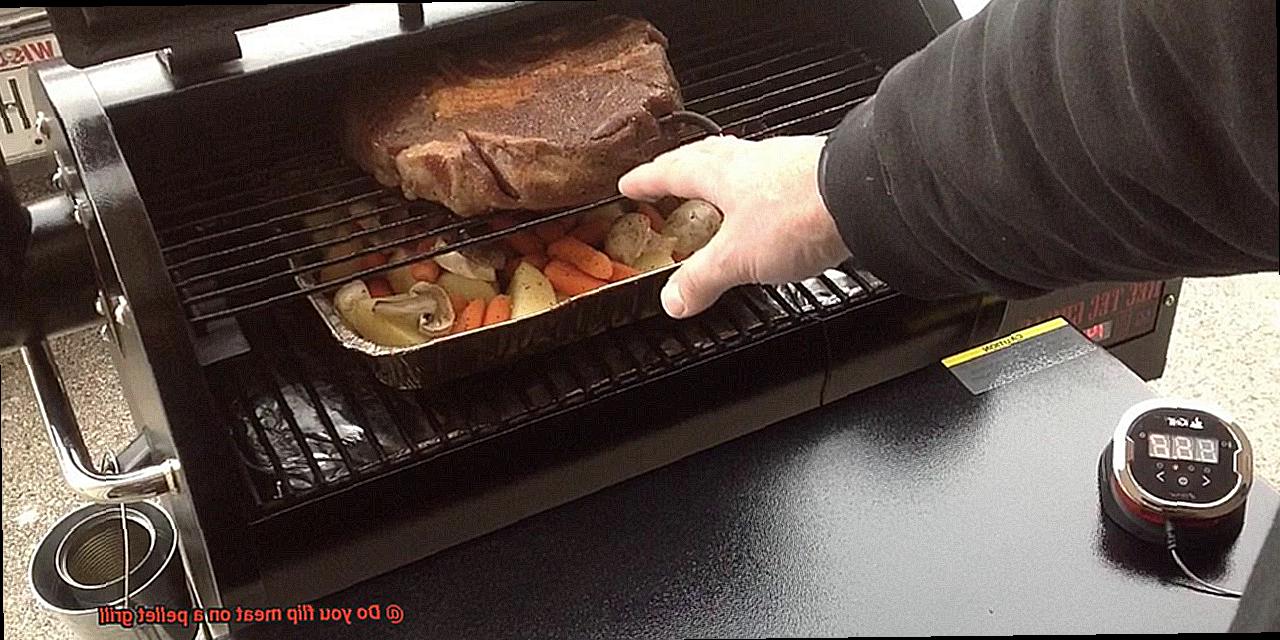
Pork is another great option for pellet grilling. Pork chops, ribs, and tenderloin are all fantastic cuts of meat that benefit from the low and slow cooking method of pellet grilling. The connective tissues in the meat break down during cooking, resulting in a tender and juicy final product that will leave your taste buds dancing with joy.
If chicken is more your style, pellet grilling can help you achieve a perfectly cooked result every time. Chicken can dry out easily when grilled at high temperatures, but pellet grilling keeps the meat moist and flavorful. Whether you’re cooking chicken breasts, thighs, or wings, a pellet grill can help you achieve that perfect balance of crispy skin and juicy meat that will have your guests begging for seconds.
But, don’t forget about fish. Pellet grilling is not just for meat: you can also cook fish on your pellet grill. The gentle heat produced by the pellets helps to cook the fish evenly without overcooking it. Salmon and trout are particularly good options for pellet grilling because they can absorb the flavors of the wood pellets and create a delicious smoky taste that will make your mouth water.
Lastly, vegetables should not be overlooked when it comes to pellet grilling. Pellet grills are not just for meat: you can also use them to cook vegetables. The even heat produced by the pellets helps to cook vegetables evenly and gives them a delicious smoky flavor that will elevate any dish. Bell peppers, zucchini, and mushrooms are all great options for pellet grilling that will add a pop of color and flavor to your meal.
What Size Cut Does the Meat Need to Be?
One of the most important factors to consider is the size of the meat you’re grilling. As a seasoned expert, I’m here to share some insider tips and tricks to help you select the perfect cut for your pellet grill.
Firstly, it’s crucial to understand that thinner cuts such as flank or skirt steak require a bit more attention while grilling. To avoid overcooking, flip these cuts every minute or so to ensure even cooking. Conversely, thicker cuts like ribeye or filet mignon should be flipped only once or twice during the cooking process to allow for proper searing and to lock in those juicy flavors.
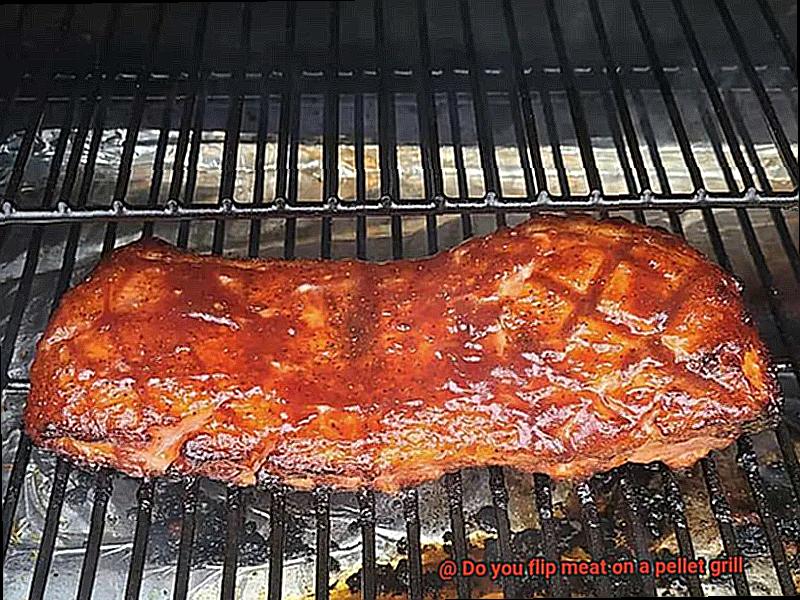
It’s also important to remember that larger cuts will require more time on the grill, which can cause the temperature to drop. To maintain a consistent temperature, don’t forget to preheat your grill and keep an eye on the thermometer throughout the cooking process.
When selecting your meat for grilling, consider the thickness and marbling of the cut. Thicker cuts with more marbling tend to retain moisture and flavor better than leaner cuts, making them ideal for grilling on a pellet grill. Not only do thicker cuts offer more surface area for searing and caramelization, but they also add depth and complexity to the flavor profile of your meat.
In summary, choosing the right size cut of meat is crucial when it comes to creating delicious results on your pellet grill. Here are some key takeaways:
- Thin cuts require more flipping to ensure even cooking; thick cuts require less flipping for proper searing.
- Preheat your grill and monitor the temperature throughout the cooking process to maintain consistency.
- Thicker cuts with more marbling retain moisture and flavor better than leaner cuts, offering more surface area for searing and caramelization.
How Well-Done Do You Prefer Your Meat?
The answer to this question is subjective and can vary greatly from person to person, based on a multitude of factors such as personal taste preferences, the type of meat being cooked, and even the grill set up.
When it comes to pellet grilling, using a meat thermometer is a fantastic way to ensure that your meat is cooked to a safe internal temperature. Different meats have different recommended temperatures, so it’s essential to do your research and consult a reliable source before firing up your grill. Not only does this ensure safety but also helps you achieve the desired level of doneness that suits your preference.
The thickness of the cut also plays a crucial role in determining how well-done you want your meat. For instance, thicker cuts like ribeye tend to benefit from only being flipped once or twice to lock in those juicy flavors and achieve proper searing. In contrast, thinner cuts like flank steak may require more frequent flipping to ensure even cooking on both sides.
Moreover, the type of pellet grill being used can significantly impact how well the meat cooks on each side. Some pellet grills have more even heat distribution than others. While flipping the meat can help ensure that it cooks evenly on both sides and prevents burning or undercooking.
So, how do you know when your meat is ready? The best way is still by using a meat thermometer; however, there are other methods as well. For example, pressing down on the center of the meat can give you an idea of its level of doneness. A rare steak will feel soft and squishy, while a well-done steak will be firm and springy.
Tips for Flipping Your Meat on a Pellet Grill
Flipping your meat on a pellet grill is a crucial step in achieving restaurant-quality results. However, it takes more than just a flip to ensure that your meat is cooked to perfection. Here are some tips and tricks for flipping your meat on a pellet grill that will make you a grilling pro.
Choose the Right Tools
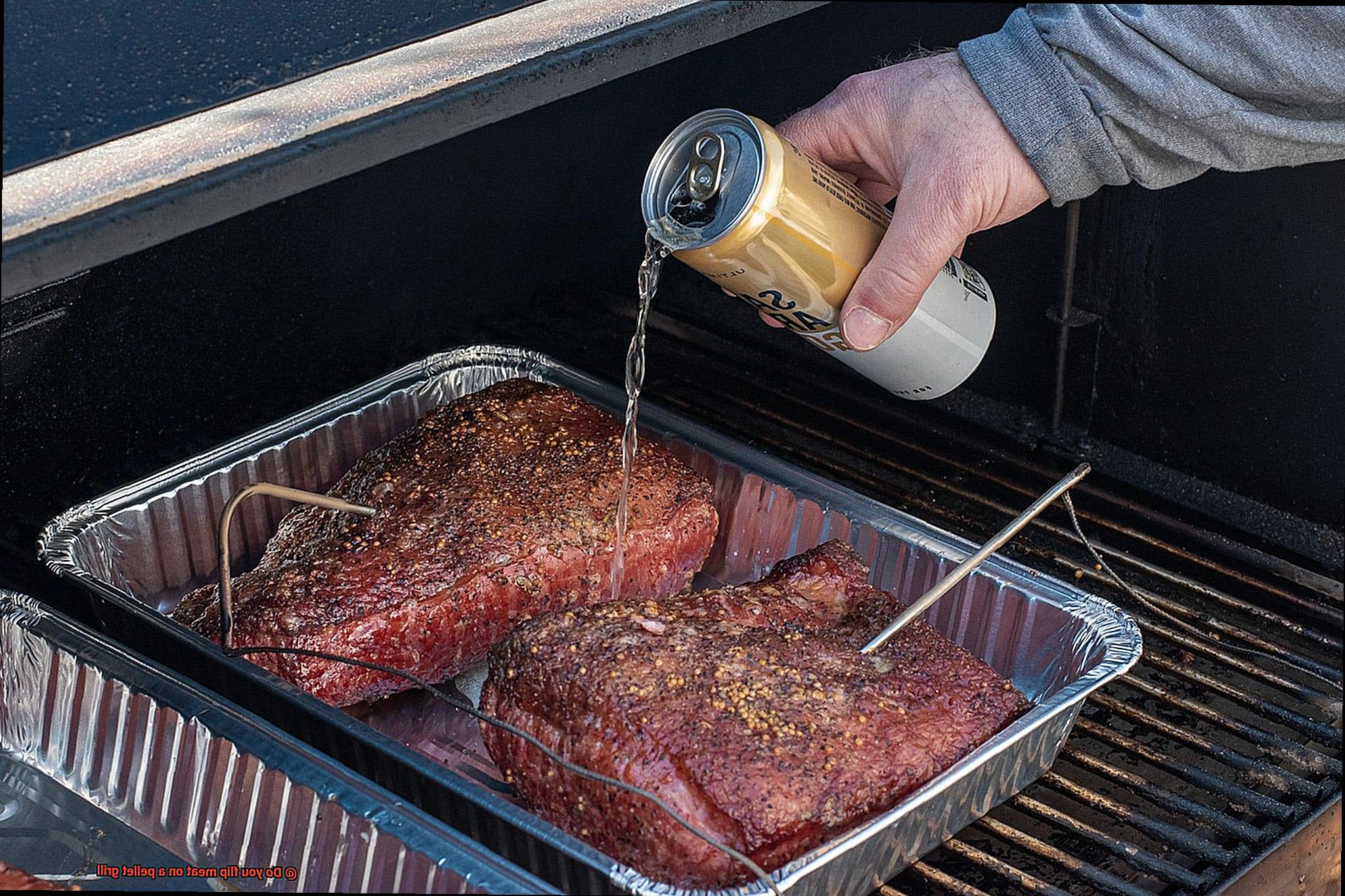
Having the right tools is essential for flipping your meat on a pellet grill. A sturdy pair of tongs or spatula is the key to handling heavier cuts of meat without tearing or sticking. Ensure that your tools are long enough to keep your hands away from the heat and are sturdy enough to handle the weight of your meat.
Timing is Everything
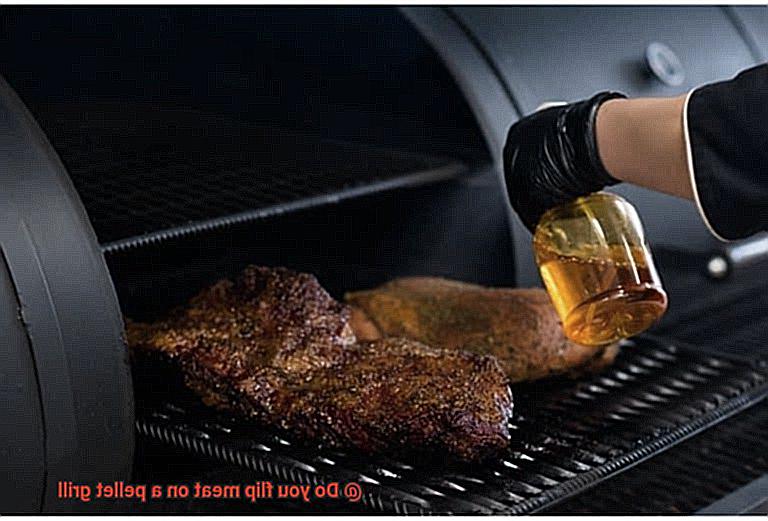
Timing is everything when it comes to flipping your meat on a pellet grill. Flipping your meat once or twice during the cooking process ensures that both sides cook evenly and develop that perfect crust. It’s important not to flip your meat too frequently as this can cause it to lose moisture, resulting in dry and tough meat.
Let Your Meat Rest
After cooking, let your meat rest for at least 5-10 minutes before cutting into it. This allows the juices to redistribute throughout the meat, ensuring that it remains juicy and tender.
Experiment with Different Techniques
Experimenting with different techniques can take your grilling game to the next level. Searing your meat first on high heat before lowering the temperature and finishing off the cooking process is one such technique that many swear by. Others prefer to cook their meat low and slow, flipping only once towards the end of the cooking process. It’s all about finding what works best for you and your taste preferences.
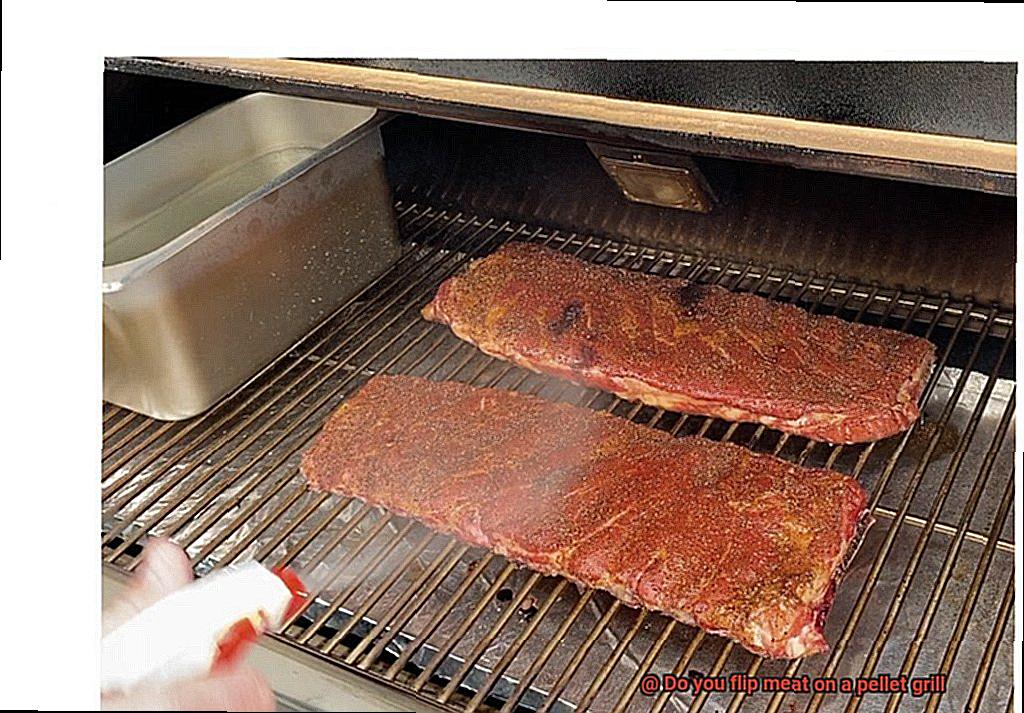
Use a Meat Thermometer
A meat thermometer is an essential tool when grilling on a pellet grill. It helps you monitor the internal temperature of your meat and determine when it needs to be flipped or taken off the grill.
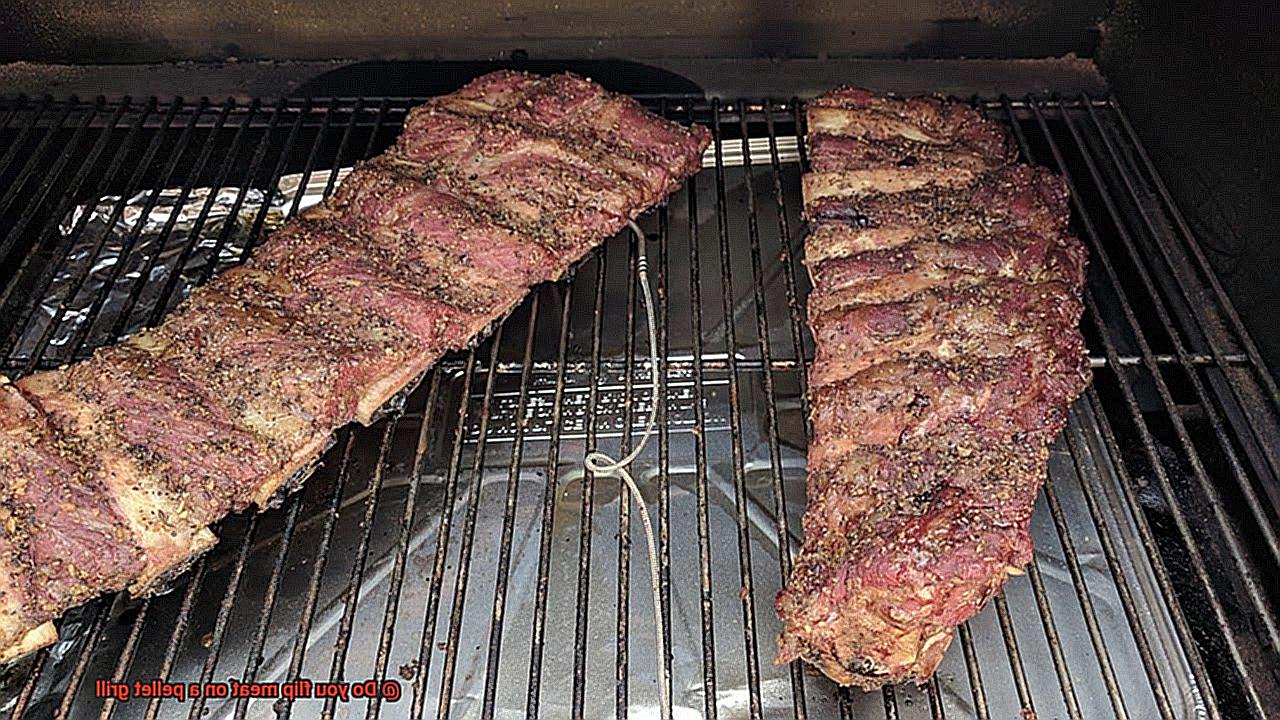
Exceptions to the Rule: When Not to Flip Your Meat
As a grill master, you know that flipping meat on a pellet grill is crucial to achieving that perfect sear and juicy interior. However, did you know that there are exceptions to this rule? Yes, indeed. Flipping your meat too often can do more harm than good. So, let’s dive into some of these exceptions to ensure that your next cookout is a success.
Firstly, let’s talk about thin cuts of meat such as steaks or chops. Flipping these cuts too often can cause them to dry out quickly. So, what’s the solution? The trick is to sear one side until it forms a crust, then flip it once and let it cook through on the other side. This technique will help retain the meat’s juices and flavor, leaving it perfectly cooked and delicious.
Now, let’s move on to delicate seafood such as fish fillets or shrimp. Flipping these types of food too often can cause them to break apart and fall through the grill grates. That’s a nightmare nobody wants to face. To avoid this, use a non-stick grill mat or basket and flip the seafood only once during cooking. This way, you’ll get perfectly cooked seafood every time without any mess.
Lastly, large cuts of meat such as brisket or pork shoulder require low and slow cooking. Flipping them too often can disrupt the cooking process and prolong the cooking time. So, what’s the best approach? The answer is simple: flip them only once halfway through the cooking process. This way, you’ll get evenly cooked meat that’s juicy, tender, and full of flavor.
Experimenting with Different Cuts and Techniques
When it comes to grilling on a pellet grill, the possibilities are endless. From choosing the right cuts of meat to experimenting with different techniques, there are plenty of ways to elevate your grilling game and impress your guests.
One technique that’s gaining in popularity is the reverse sear method. This involves cooking the meat at a low temperature for an extended period of time, allowing it to cook evenly and develop a rich flavor. Then, finishing it off with a high-temperature sear creates a crispy exterior that’s sure to delight your taste buds. For thicker cuts like ribeye or filet mignon, this technique is perfect.
Adding marinades or dry rubs can take your grilling game to the next level. Marinades can be made using various ingredients, from acidic liquids like vinegar or citrus juice to flavorful herbs and spices. Dry rubs are another popular option and can be made using a combination of seasonings like salt, pepper, garlic powder, and paprika. These techniques add an extra layer of flavor that will leave your guests raving about your culinary skills.
When it comes to selecting the right cuts of meat, there are numerous options to consider. Popular choices include steak, pork chops, chicken breasts, and even seafood like salmon or shrimp. However, not all cuts are created equal when it comes to grilling on a pellet grill. Be sure to choose cuts that are appropriate for the type of grill you’re using so that they cook evenly and turn out perfectly every time.
EjWDvoyqSg0″ >
Conclusion
In conclusion, the ongoing debate among grill enthusiasts and chefs on whether or not to flip meat on a pellet grill has been settled. While it’s not necessary to flip the meat, doing so can ensure even cooking, prevent sticking, and avoid overcooking. Pellet grills are the ultimate convenience with their digital controllers that maintain consistent temperatures and ability to smoke, roast, bake or grill at high temperatures.
When selecting meat for pellet grilling, consider the thickness and marbling of the cut. Thicker cuts with more marbling tend to retain moisture and flavor better than leaner cuts. However, it’s important to choose the right tools for flipping your meat, time your flips appropriately, let your meat rest before cutting into it, experiment with different techniques like searing or using marinades or dry rubs, and use a meat thermometer to monitor internal temperature.
There are exceptions to the rule such as thin cuts of meat that should be flipped only once to retain juices and delicate seafood that should be flipped only once using a non-stick grill mat or basket.
Overall, pellet grilling offers endless possibilities for experimenting with different cuts of meat and techniques like reverse searing while adding an extra layer of flavor with marinades or dry rubs.

